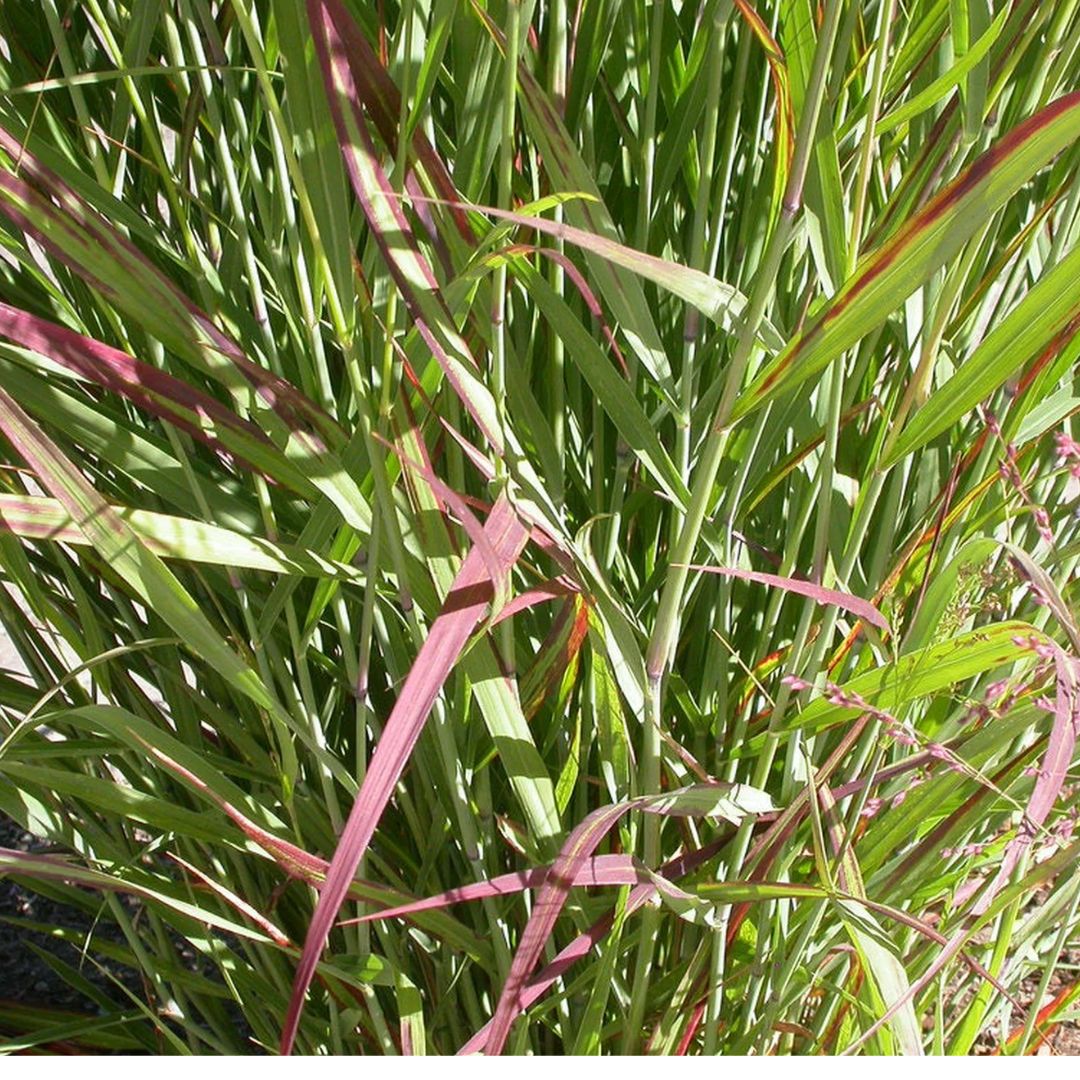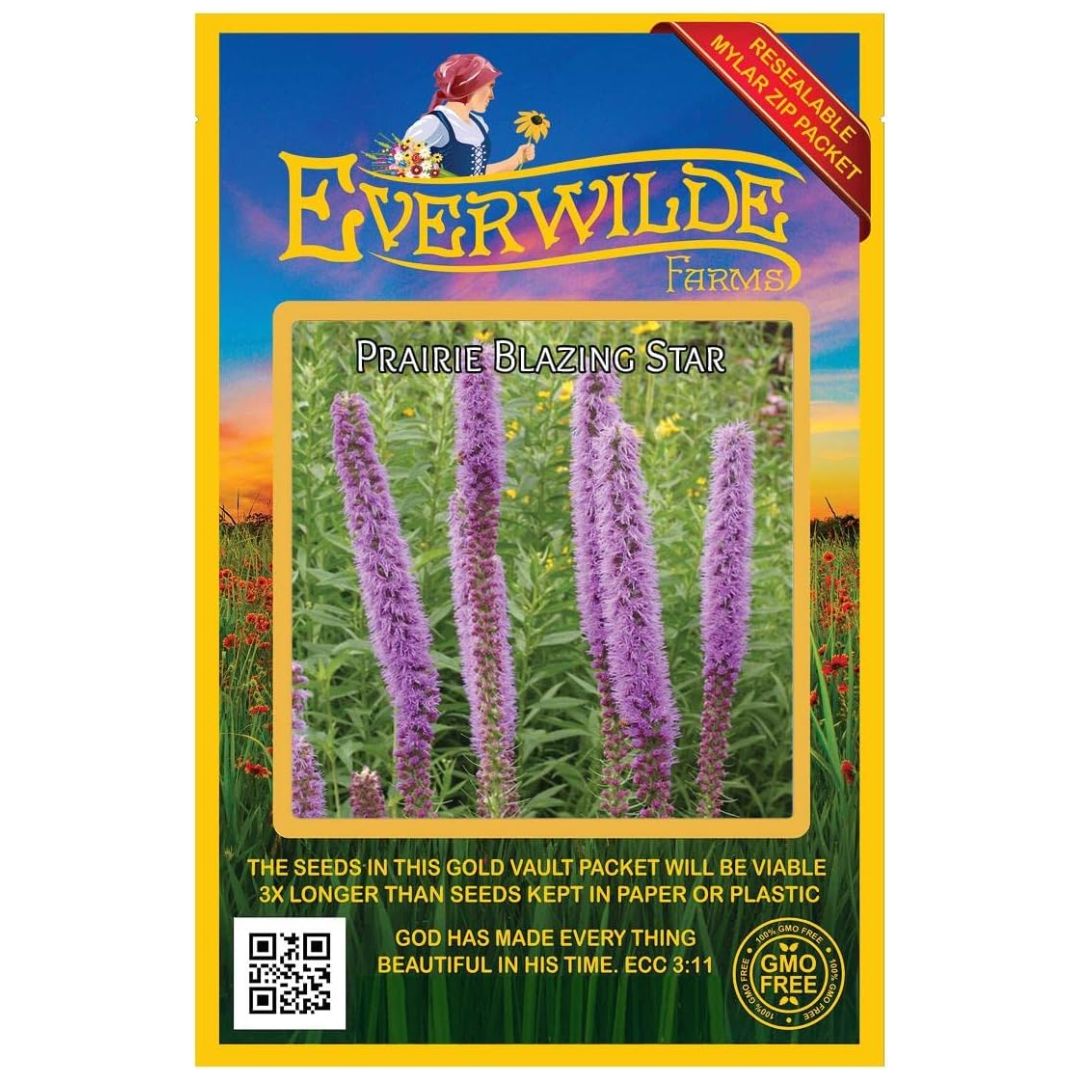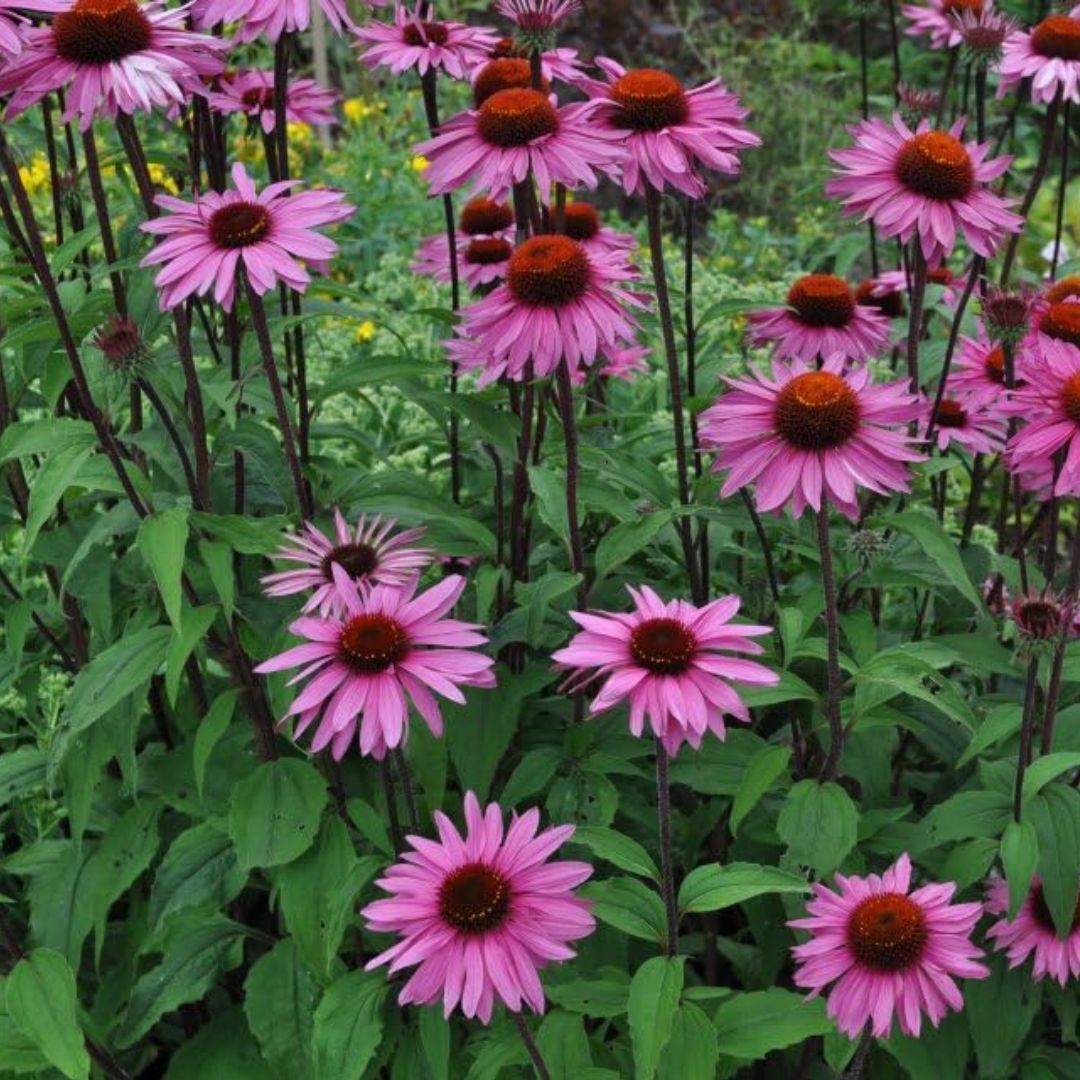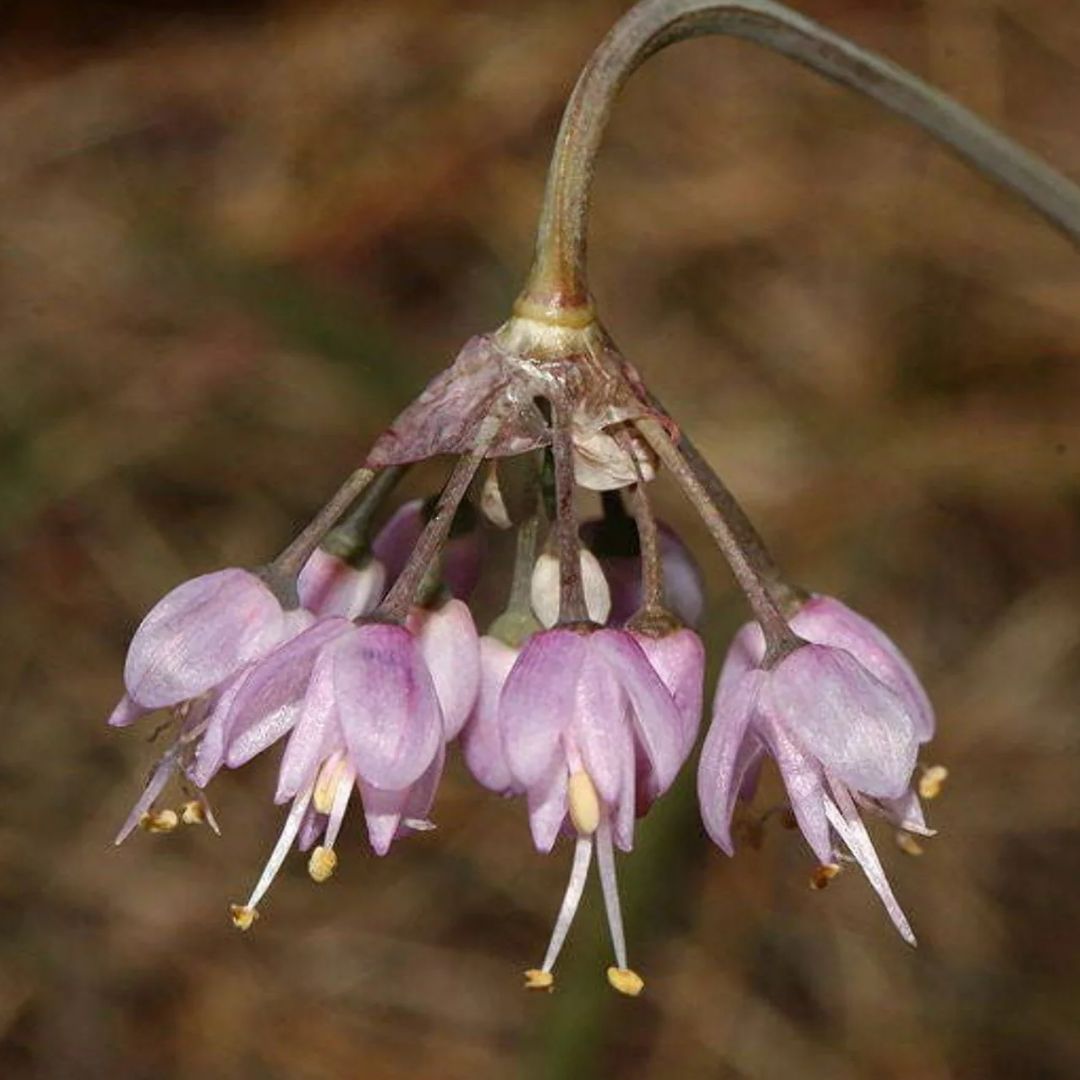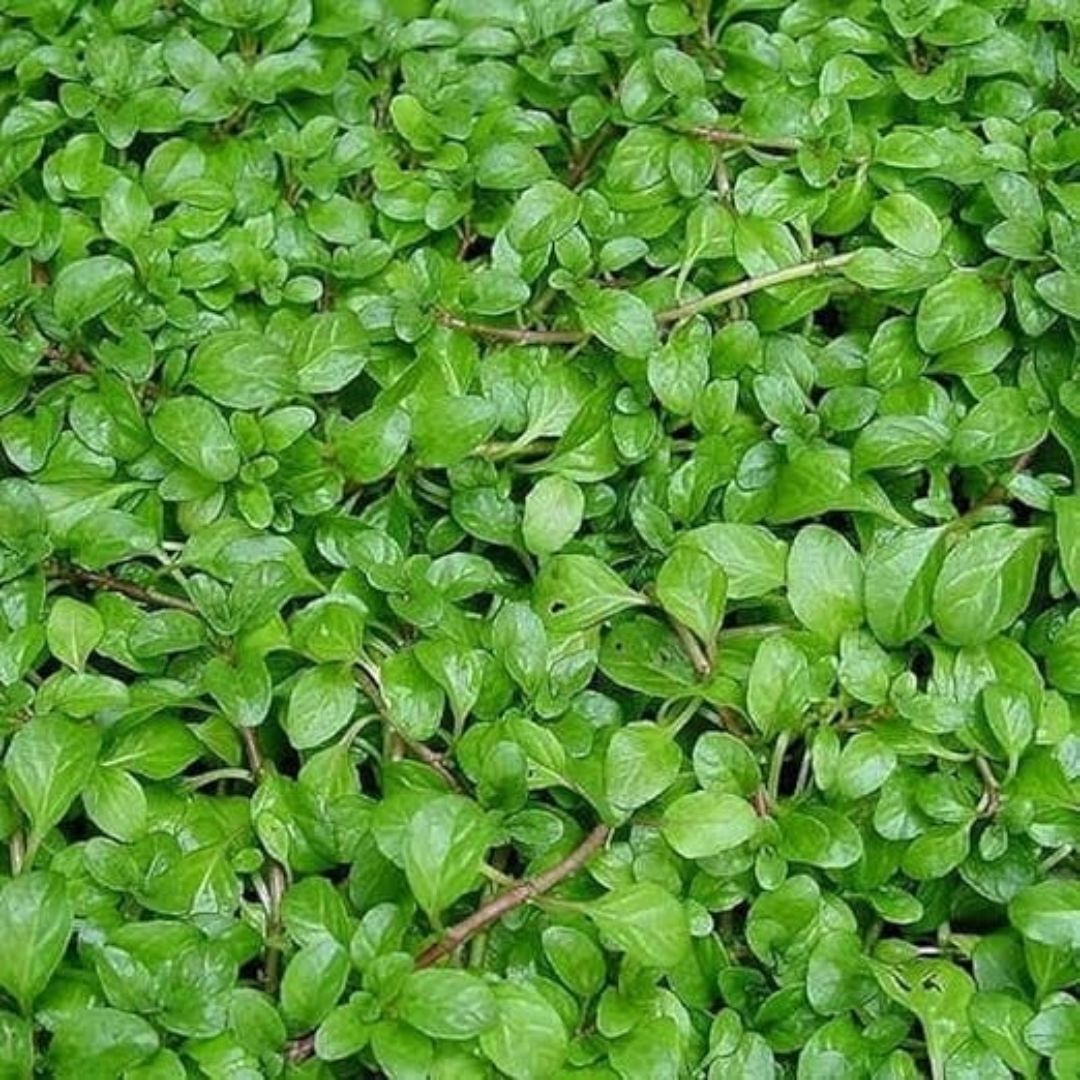This is the Best Way to Replace Lawn With Native Plants, Says a Sustainable Landscaper
Want to make your garden more sustainable but don't know where to start? Take a look at our expert guide to installing and maintaining a native plant lawn

Turf is out and native plant lawns are officially in. If you’ve grown up in a turf-obsessed family the thought of switching to a native plant lawn may send shivers down your spine, but the reality is we’re all looking for ways to help the environment, and replacing your turf with a more wildlife-friendly sustainable lawn may be a good place to start!
Building a native plant lawn is an art though, doing your research before breaking ground is essential if you’re going to achieve a professional finish with this grass alternative. And who better to advise you on the dos and don’ts of native plant lawns than a sustainable landscaping expert?
With our expert’s top tips on native plant selection, ground preparation and important maintenance tips, your sustainable pollinator-friendly lawn is just a weekend of hard graft away!
What is a native plant lawn?
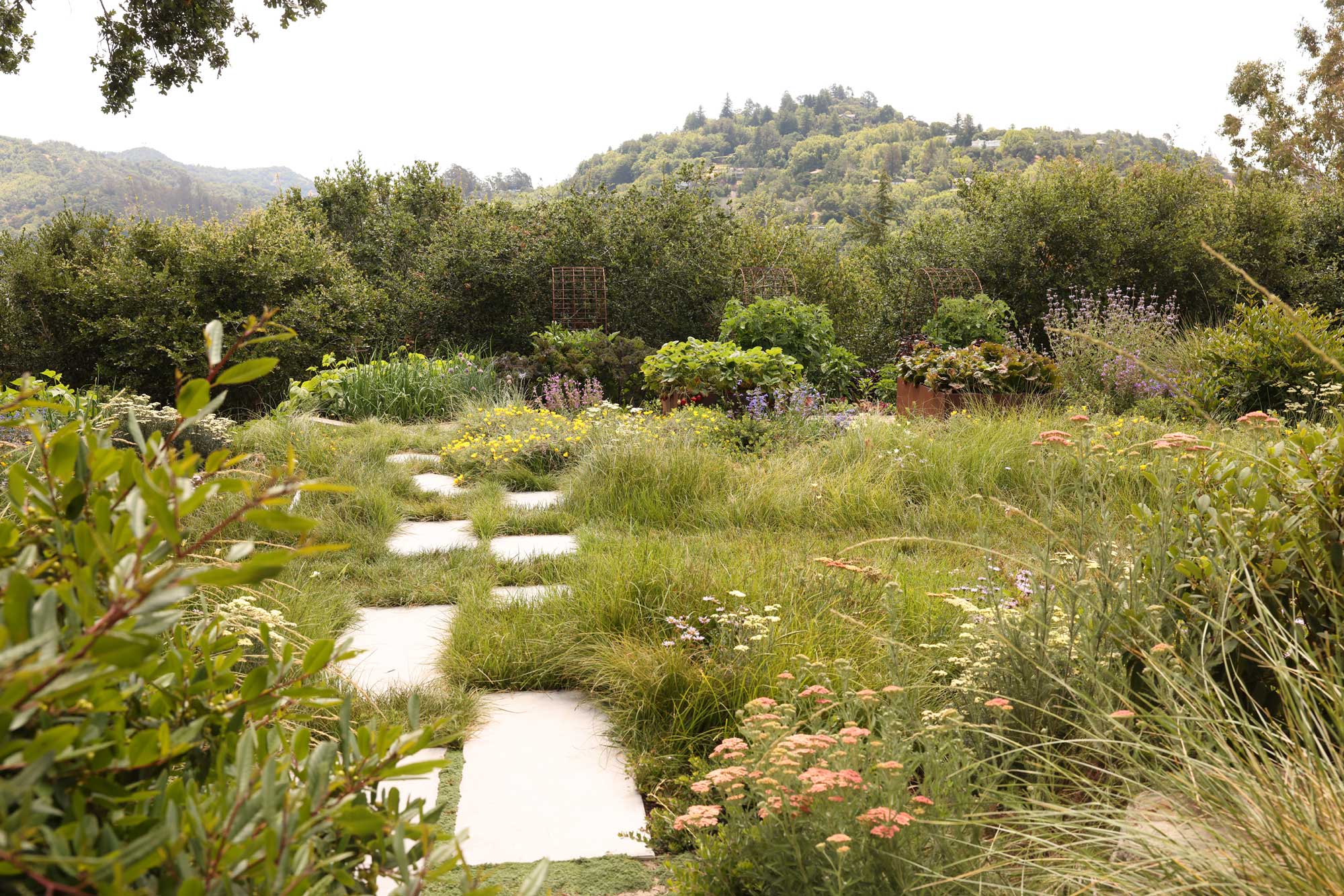
According to sustainable landscaping expert Marek Bowers, founder of Bolder Green, ‘A native plant lawn is a landscaped area that primarily consists of plants indigenous to the region, which means they are naturally adapted to the local climate, soil, and wildlife.’
Much like planting a vegetable garden, with so many non-native plants available at our fingertips, it’s easy to create a landscape that looks good but maybe isn’t best suited to the land and native wildlife. But this is where native plant lawns really come into their own.
By replacing your lawn with plants and flowers that are native to your location, you’re setting the plant, soil, and surrounding wildlife up for success. Plants native to your area will have natural defence mechanisms that ensure their survival in your climate’s conditions. For example, agave, a plant native to Mexico and the surrounding areas, has exceptional water retention making it perfect for its native drought-prone environment.
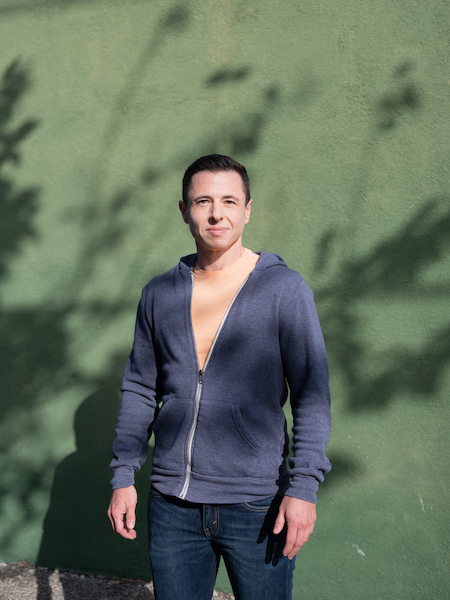
Marek is a sustainable landscaper and an expert on California and Colorado low-water turf replacement rebates. Marek's website, Bolder Green, is a guide to eco-friendly gardening. Through his articles on drought-tolerant landscaping and xeriscaping, readers will learn how to design stunning gardens that conserve water and support wildlife, all while adding beauty to their outdoor spaces.
What plants should you use for a native plant lawn?

Clover lawns, mint lawns, fescue lawns… it’s easy to get overwhelmed when choosing the right plants for your sustainable lawn.
Expert Marek’s golden rule: stick to plants native to your area.
He says ‘For a native plant lawn, I would typically recommend plants like native grasses, wildflowers, and low-growing shrubs that thrive in your specific area.’
To get you started, Marek’s revealed his favorite sustainable lawn picks for different areas. Just be sure to check what hardiness zone you’re in though, as zones can differ within regions!
Remember to take into account the level of maintenance different plants will require too. Some sustainable lawns will require little to no cutting. But if you’re open to a bit of maintenance, why not mix up your lawn area between native low-growing evergreens and drifts of native wildflowers?
North-East:
Native Grasses
- Little Bluestem
- Switchgrass
- Purple Lovegrass
Wildflowers
- Black-eyed Susan
- New England Aster
- Wild Bergamot
Low-Growing Shrubs
- Sweet Fern
- Lowbush Blueberry
- Bearberry
South-East
Native Grasses
- Gulf Muhly
- Indian Grass
- Purpletop Grass
Wildflowers
- Coreopsis
- Butterfly Weed
- Eastern Purple Coneflower
Low-Growing Shrubs
- Creeping Juniper
- Dwarf Yaupon Holly
- Coastal Dune Prickleypear
Mid-West
Native Grasses
- Prairie Dropseed
- Side-oats Grama
- Big Bluestem
Wildflowers
- Purple Coneflower
- Wild Lupine
- Blazing Star
Low-Growing Shrubs
- Leadplant
- New Jersey Tea
- Creeping Sand Cherry
Mountain
Native Grasses
- Blue Grama
- Mountain Brome
- Western Wheatgrass
Wildflowers
- Blanket Flower
- Rocky Mountain Penstemon
- Scarlet Globemallow
Low-Growing Shrubs
- Kinnikinnick
- Creeping Mahonia
- Silver Sagebrush

South-West
Native Grasses
- Blue Grama
- Buffalograss
- Indian Ricegrass
Wildflowers
- Desert Marigold
- California Poppy
- Desert Globemallow
Low-Growing Shrubs
- Fourwing Saltbush
- Creeping Sage
- Damianita
North-West
Native Grasses
- Idaho Fescue
- Blue Wildrye
- Tufted Hairgrass
Wildflowers
- Oregon Sunshine
- Nodding Onion
- Coastal Strawberry
Low-Growing Shrubs
- Kinnikinnick
- Dwarf Oregon Grape
- Snowberry
Are native plant lawns easy to look after?

A big pro of native plants is its low-maintenance lawn care schedule. Though it can take longer for your lawn to get established in comparison to traditional turf, once your native plants have achieved a decent rooting you’ll be free to ditch the mower, sit back and enjoy your lawn. Plus, zero mowing makes them ideal for gardeners with limited mobility!
Expert Marek says ‘Native plant lawns are generally easier to look after because they require less water (i.e. are drought-tolerant), fertilizers, and pesticides compared to traditional turf lawns. They also tend to be more resistant to local pests and diseases.’
Sustainable lawn plants like Corsican mint are great because their short height requires little to no mowing – maybe just an occasional tidy-up to encourage density. Plus its evergreen drought-tolerant nature will ensure your lawn stays green with far less watering in comparison to turf.
What are the cons of a native plant lawn compared to turf?
So you’ve heard about the positive impacts a native plant lawn can have, but what about the negatives?
Well, embracing nature may mean embracing a more ‘natural’ front yard look. That’s right, no more aesthetically pleasing lawn lines we’re afraid.
Expert Marek explains ‘The cons of a native plant lawn might include a less uniform appearance compared to a traditional turf lawn and the need for some initial research to choose the right plants for your area.’
But just because your lawn has a more natural look, doesn’t mean it can’t look high-end. Lawn edging and bed design still apply to native plant lawns, plus if you opt for a flowering lawn you can choose a flower that fits within your yard’s color palette.
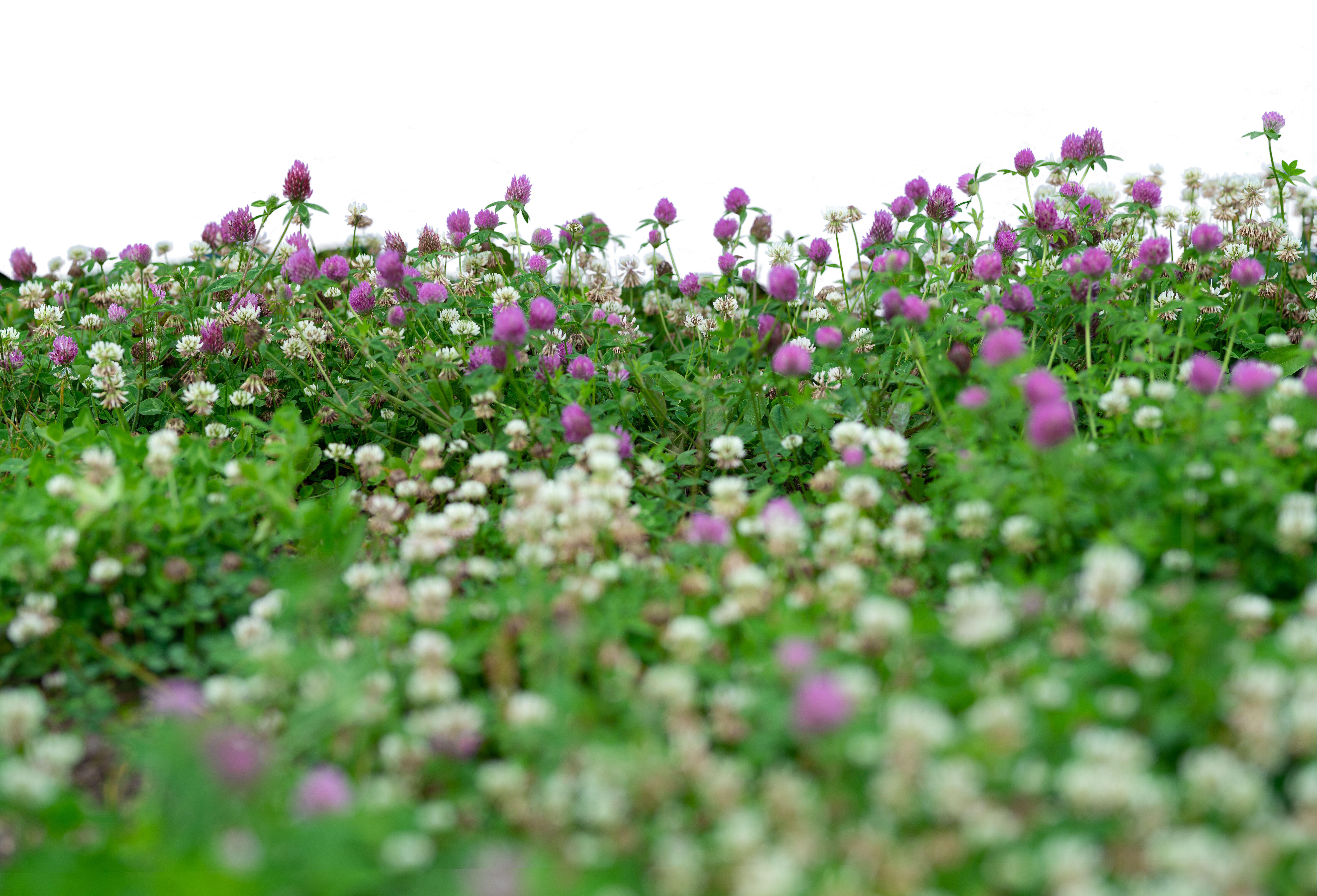
What shouldn't you do when installing native plant lawns?
But before you set off on a big gardening project like installing a sustainable lawn, it’s best to arm yourself with the expert’s big no-gos to ensure you don’t make a costly mistake!
Sustainable expert Marek says there are only two big nos for native lawns: invasive species and over-fertilizing.
‘Big no’s for native plant lawns include invasive garden plant species that can disrupt the local ecosystem and over-fertilizing, as native plants typically thrive in the natural soil conditions of your region,’ says Marek.
Plants such as Corsican mint are becoming increasingly popular for native plant lawns. But some types of mint are extremely invasive! If you’re unsure, always make sure you consult an expert on your plant choice before breaking soil.
Be The First To Know
The Livingetc newsletters are your inside source for what’s shaping interiors now - and what’s next. Discover trend forecasts, smart style ideas, and curated shopping inspiration that brings design to life. Subscribe today and stay ahead of the curve.
Matilda Bourne is a freelance homes, gardens and food writer, stylist and photographer. Known for creating and capturing content for multiple international brands, her work has been featured in The Telegraph, The Daily Mail, and Hello! magazine. When she’s not writing, you can usually find her tending to her much-loved garden and scouring thrift stores for vintage furniture.
-
 The Weighted Blanket That Doesn’t Make You Sweat (and the Eye Mask to Match)
The Weighted Blanket That Doesn’t Make You Sweat (and the Eye Mask to Match)Luxury has weight. And apparently, volcanic minerals
By Julia Demer
-
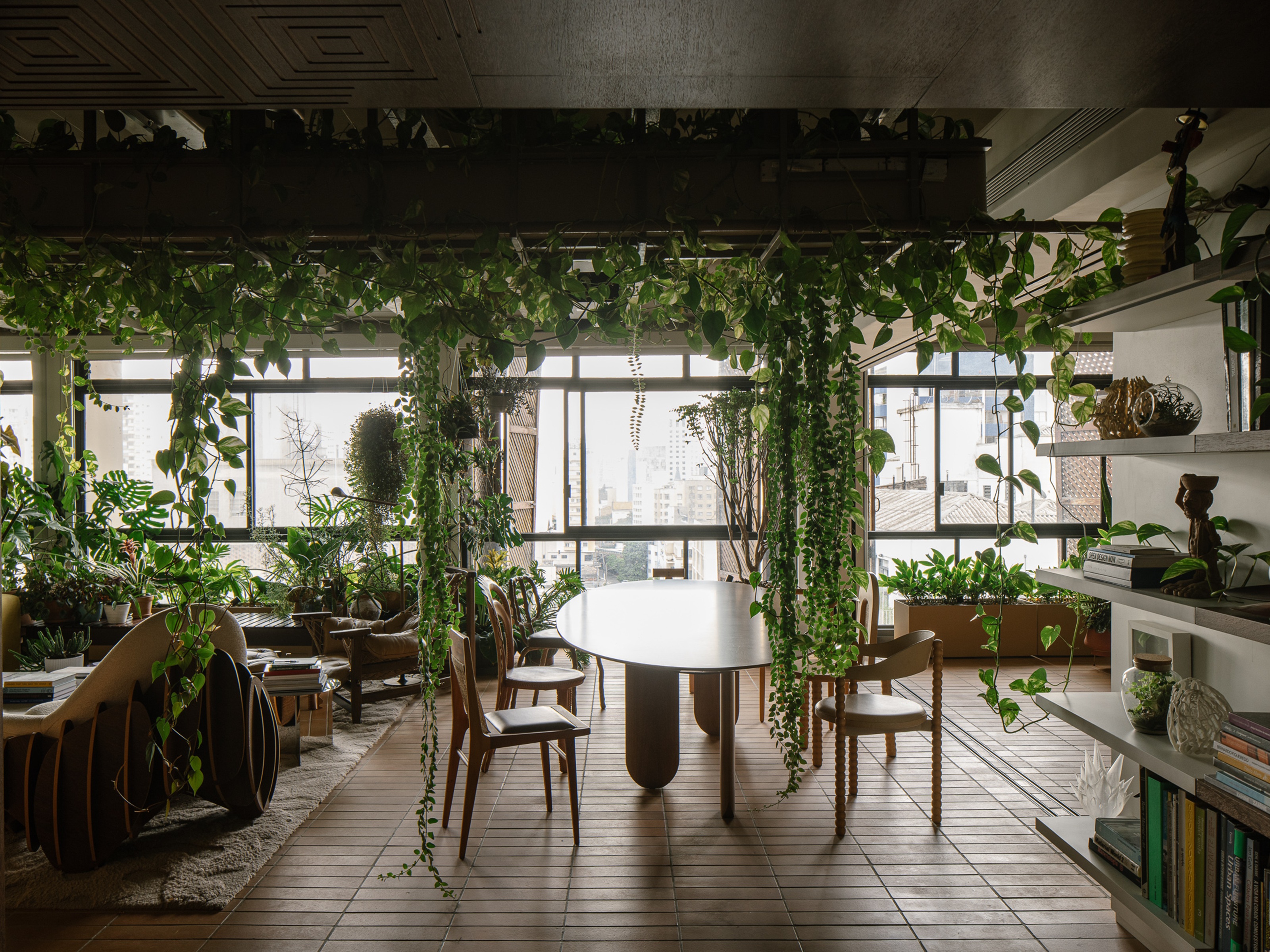 What Is Biophilic Interior Design? I'm an Actual Biophilic Designer, and This Is How to Apply It to Your Home
What Is Biophilic Interior Design? I'm an Actual Biophilic Designer, and This Is How to Apply It to Your HomeA biophilic designer explains the core principles of this practice, and the easy ways you can apply it to your home's design
By Marianna Popejoy
